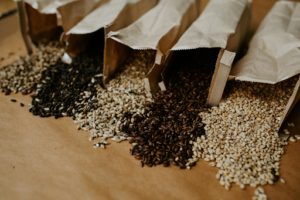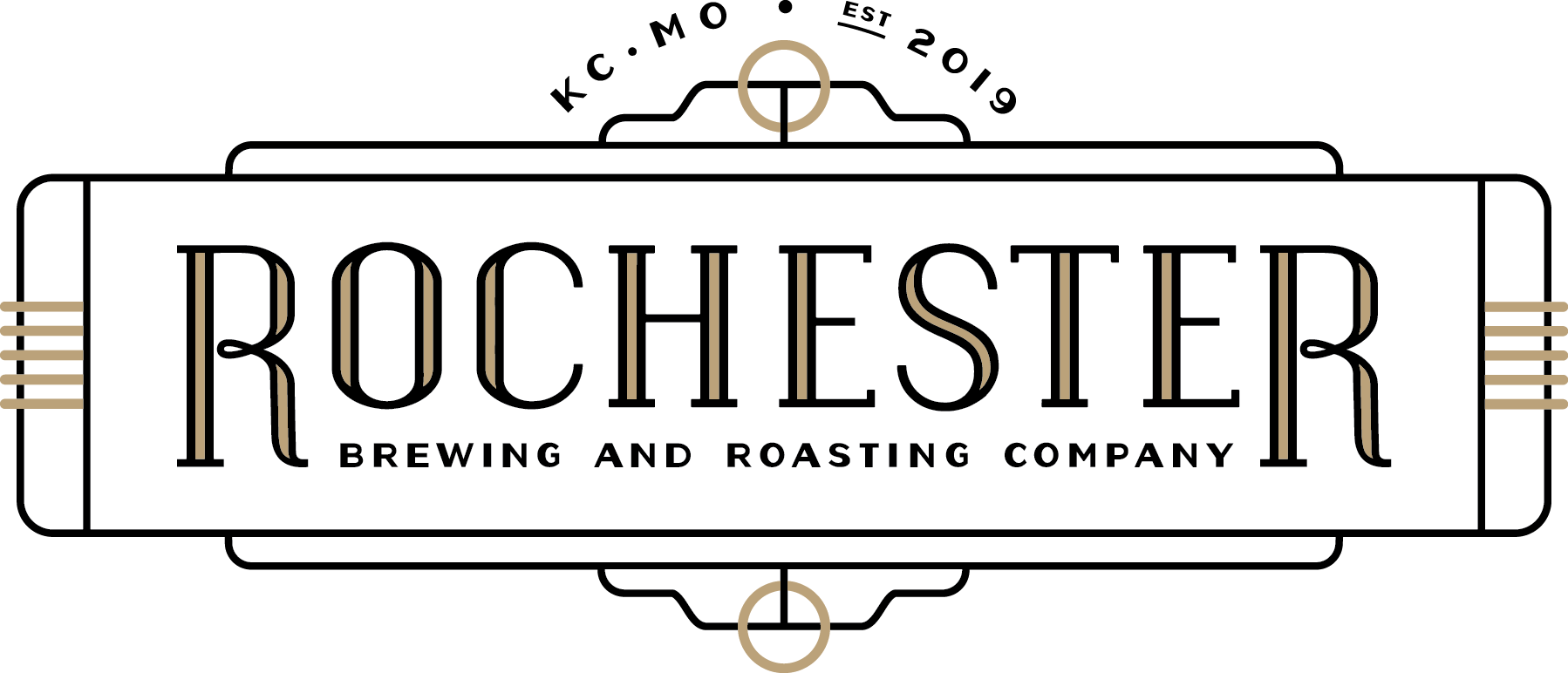 Want to know more about the malt used to brew Rochester’s delicious beer? We asked our friends at Proximity Malt to provide a primer.
Want to know more about the malt used to brew Rochester’s delicious beer? We asked our friends at Proximity Malt to provide a primer.
Guest Column from our friends at Proximity Malt
Malt is often called the soul of beer, but for many outside the brewhouse, the term itself conjures a blurry image. Is it the same as hops? Does it give beer its flavor? Its color? Its alcohol? Where does malt even come from?
In short: No, somewhat, yes, yes, and heck … it’s made worldwide, but you can’t find any better than the malt made by Proximity Malt from premium local grains in Monte Vista, CO!
What is Malt?
Malt is short for malted grain—usually barley. But wheat and rye are also common. It is the main ingredient in brewing, providing the soluble sugars which yeast will convert into alcohol and CO2. Malt provides the sweet ‘umami’ flavor in beer and contributes to its mouthfeel, from thirst-quenching to rich and silky. With colors that range from light golden to black, malt is also a primary source of most beer’s color.
The malting process is pretty fascinating … at least, we think so! Incoming barley is cleaned and graded before heading to the steep tank. There it’s invigorated with water and given the message that it’s time to sprout. Once sprouting is underway, the wet grain transfers to a germination tank where it grows happily for several days. During this time, it breaks down protein in the grain’s doughy middle to expose starches that begin to turn to sugar. When the maltster determines the grain is ready, she sends it to the kiln, where growth stops. In this phase of production, the maltster dials in flavor, sweetness and color of each batch for the brewer to use in the brewhouse.
Barley, the most commonly used malting grain, has several characteristics that make it ideal for brewing. It has its own enzymes, so that when mashed in at a brewery (boiling ground malt) the grain’s starch will naturally convert to sugars. Yeast will then convert sugars into alcohol. In the malting process, barley retains its hull, which also makes a great natural filter for the mash. While hops contribute the bitter, astringent flavor (think IPAs), the malted barley (and sometimes wheat and rye) provides the backbone flavor to beers — whether Pilsen or Stout, and everything in between.
Proximity Malt
Proximity Malt has been supplying Rochester Brewing and Roasting Company with an array of premium malts—both base and specialty malts for years. Proximity Malt was founded in 2017 and operates facilities in two regions previously underutilized as domestic sources for malting quality barley—Laurel, DE, and Monte Vista, CO. In both locations, we source our grains locally. We are committed to building a sustainable ‘field to glass supply chain’ by partnering with local growers for the best quality malting barley varieties. As the country’s newest full-scale regional malthouse, we’re also leading the way in reducing greenhouse gas emissions in malting by working with our grower-partners to embrace regenerative agricultural practices, such as using cover crops, no (or low) till farming, reduced fertilizers, and pesticides and water efficiency management.
For more information on Proximity Malt, the malting and roasting process, and our products, please visit us at ProximityMalt.com!
